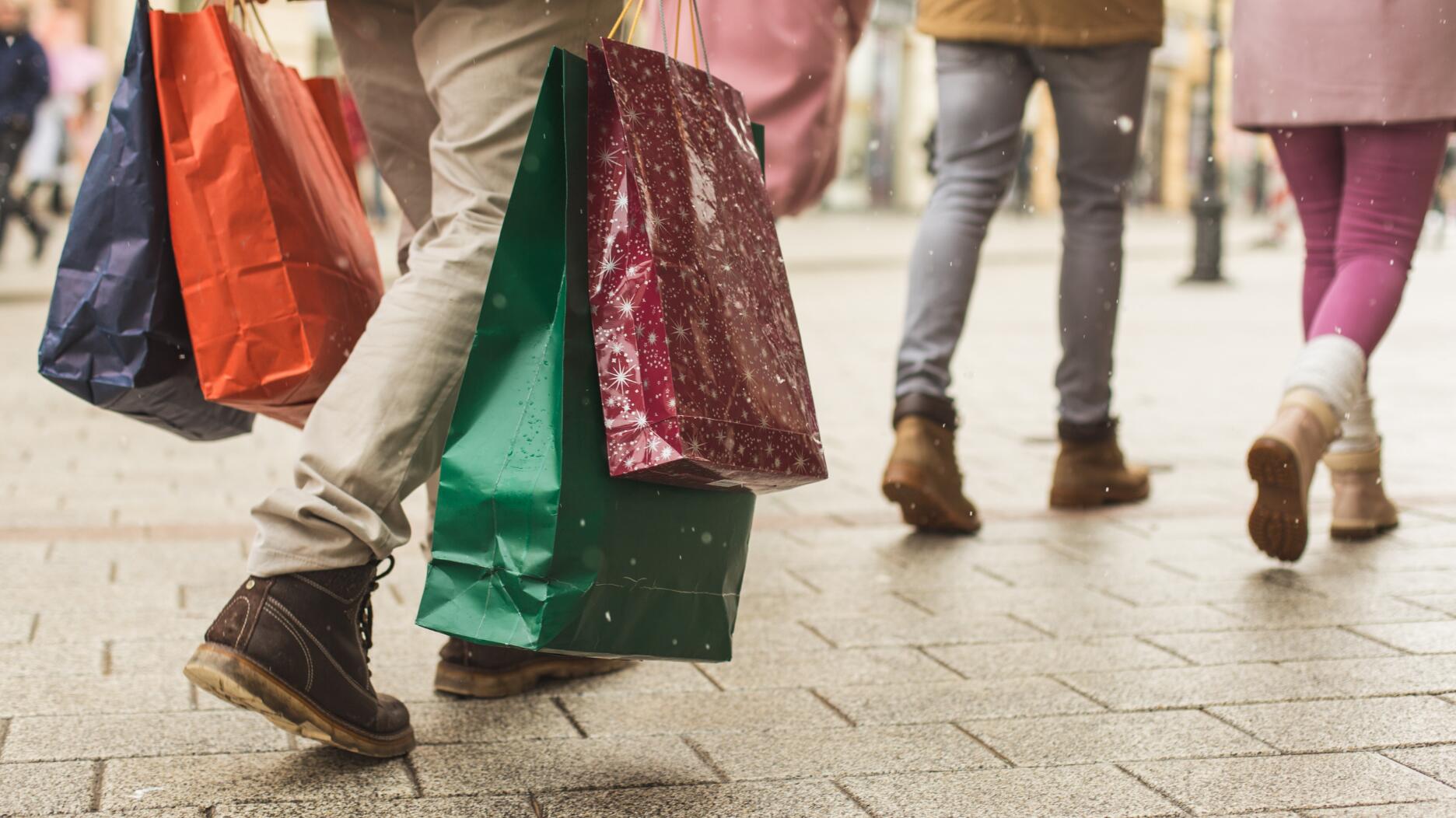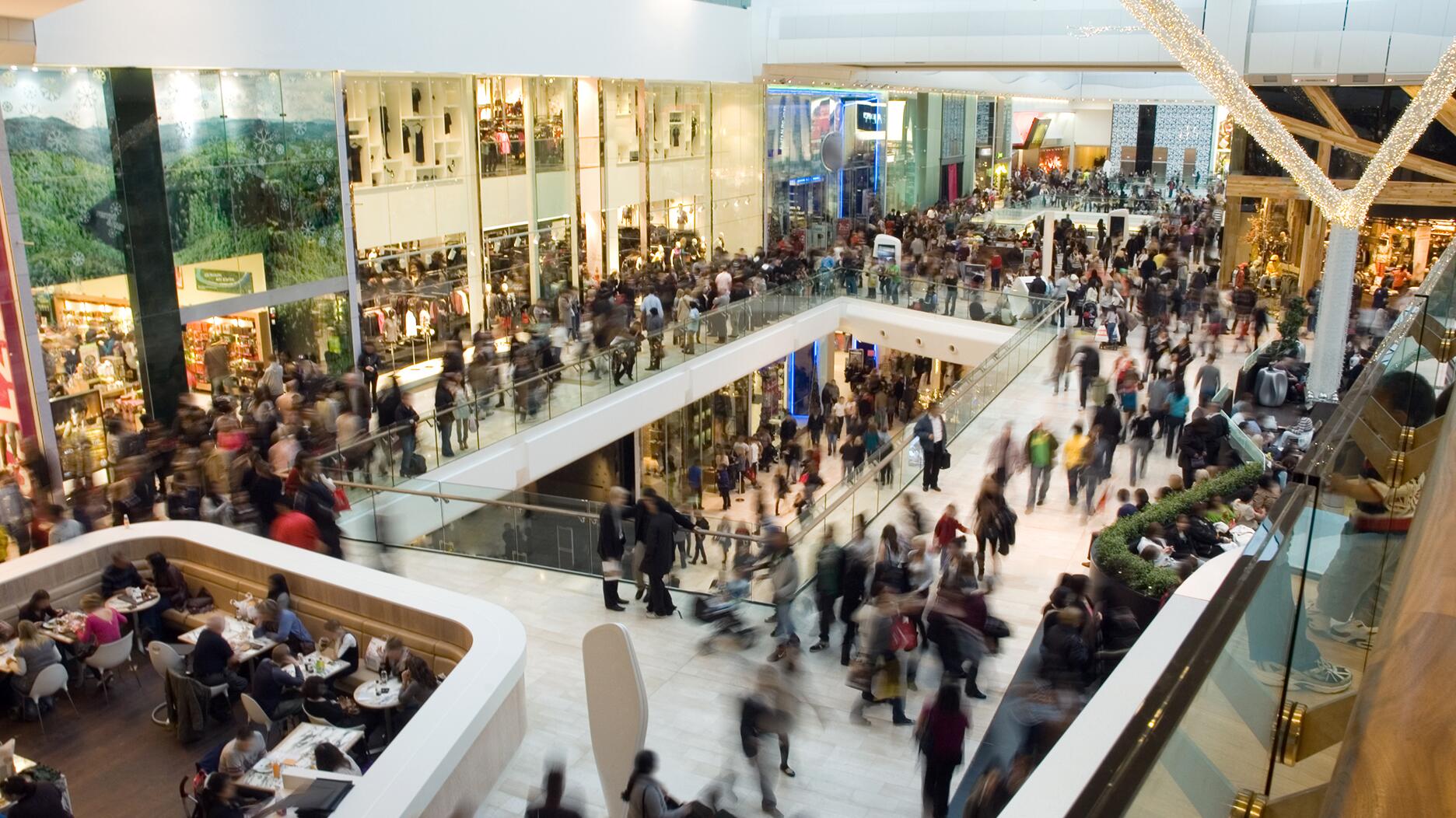The former BHP Billiton leader and Gemfields chairman is remembered for his influential leadership throughout his 50-year mining career.
5 Thoughts on Economic Recovery from NRF, IMF
In two separate reports, economists from the National Retail Federation and the International Monetary Fund discussed consumer confidence and preventing future pandemics.

New York—The COVID-19 pandemic has taken a severe toll on the global economy as the crucial policies guarding public health impact economic activity.
The global economy is expected to contract by 3 percent in 2020, higher than during the 2008 financial crisis, according to “World Economic Outlook, April 2020: The Great Lockdown,” a recent report by the International Monetary Fund.
And the retail industry has “taken the brunt” of the pandemic’s financial impact as many stores remain closed, the National Retail Federation said in its monthly economic review.
We took a look through the two reports and compiled five important takeaways.
Given the unprecedented nature of the situation, no one can say what recovery will look like with any certainty.
There is “extreme uncertainty” around the global growth forecast, said the IMF, as analysts grapple with unpredictable factors.
The effect on the economy depends on several variables, including the course of the pandemic and the effectiveness of containment efforts.
Analysts also need to consider the extent of supply disruptions and the volatility of commodity prices, as well as changes in the behaviors and spending patterns of consumers.
The IMF made the projections for its report using metrics like real GDP growth, the consumer price index, current account balance, unemployment, per capita GDP growth and fiscal balance.
Looking at the IMF’s baseline scenario, which assumes the pandemic ends in the second half of 2020 and containment efforts are gradually eased, the global economy is projected to grow by nearly 6 percent in 2021.
Though a partial recovery is projected with above-trend growth rates in 2021, GDP is predicted to remain below the pre-virus level, said the IMF.
Turning to retail specifically, NRF Chief Economist Jack Kleinhenz said in his organization’s report: “While we cannot be certain how quickly retail will recover, it is important to remember that many retailers are doing well, particularly those that have remained open.”
He added that retailers that were strong before the pandemic should make it through, and said most weaker retailers “will likely reorganize and emerge right-sized rather than disappear.”
Support from lawmakers is crucial to avoiding worst-case scenarios.
Worse outcomes than those outlined above are possible, said the IMF, especially without support from policymakers.
RELATED CONTENT: House Democrats Propose $3T Coronavirus Relief Bill
With the economy shut down, it will up to the world’s lawmakers to make sure people’s needs are met and businesses are able to reopen.
“Because the economic fallout is acute in specific
These targeted measures will be crucial to “keeping intact the economic and financial infrastructure of society.”
The NRF said in the United States, relief programs put in place by Congress and the Federal Reserve
have helped to mitigate economic decline.
Federal Reserve Chairman Jerome Powell said during remarks Wednesday, “Additional fiscal support could be costly but worth it if it helps avoid long-term economic damage and leaves us with a stronger recovery.”
We really are all in this together.
Cooperation is key to both containing the virus and generating an economic recovery.
The IMF stressed the need for countries to work together to slow the spread of the virus and to develop a vaccine and other therapies to combat COVID-19, adding that no country is safe from the pandemic until medical interventions are available.
The first priority should be securing adequate resources for health-care systems, said the IMF, including funding for additional testing and personal protective equipment.
Poorer countries with limited health-care capacity should be provided with equipment and medical expertise through grants and zero-interest emergency loans, the IMF said.
The report also suggested avoiding trade restrictions, especially on medicines and other essential supplies, so they can go where they are most needed.
“Necessary measures to reduce contagion and protect lives will take a short-term toll on economic activity but should also be seen as an important investment in long-term human and economic health,” the IMF said.
We need to start preparing now if we’re going to prevent the next pandemic.
If, as the old adage goes, the best defense is a good offense, then officials should already be thinking about how to stop something like this from happening again.
Resources should be directed to pandemic preparedness and to improving global health-care infrastructure, said the IMF.
The report suggested a system for an earlier, automatic exchange of information about “unusual” infections and the global stockpiling of personal protective equipment.
Clear protocols should be set regarding social distancing and how to transfer essential medical supplies across borders.
Consumers are cautious in the present, but hopeful for the future.
Bringing it back to retail, consumer confidence has taken a hit, said the NRF, but there may be a light at the end of the tunnel.
“Anxiety and fear are very strong emotions and consumer behavior may take time to adjust,” the federation stated in its report.
RELATED CONTENT: Squirrel Spotting: What Will Retail Look Like After COVID-19?
Consumer spending will likely suffer as a result of job losses, stock market volatility, a push toward increased saving, and the psychological effects of the pandemic.
The NRF report referenced the latest from The Conference Board, which publishes the Consumer Confidence Index, a barometer of how U.S. consumers are feeling about the economy, every month.
In April, the overall index was at 86.9, its lowest level since June 2014.
Consumers’ view of current conditions (known as the Present Situation Index) declined 90 points to reach 76.4, marking a record month-over-month drop.
But they were more optimistic about what conditions would be like six months from now, with the Expectations Index rising seven points to 93.8.
Few surveyed felt the economy was as bad off as it was during the Great Recession.
The NRF said it expects consumers to slowly ease back into shopping rather than make a speedy return—but it does expect them to return.
“In the end, shopping is more than a transaction,” the economist Kleinhenz said in an NRF press release.
“It is a social activity that is part of the fabric of American life, making it likely that consumers will want to return to normal shopping habits once the pandemic subsides and the economy fully reopens.”
The Latest

The LVMH-owned brand has partnered with the costume design union to revamp its award for 2026.

The luxury titan inked a deal to acquire an initial minority stake in the jewelry manufacturer with a pathway to full ownership by 2032.

How Jewelers of America’s 20 Under 40 are leading to ensure a brighter future for the jewelry industry.

The company’s curation of unsigned vintage and estate jewelry debuted at the Bloomingdale’s in Costa Mesa, California.


In the recent multi-shipment seizure, CBP also found counterfeit Audemars Piguet, Moncler, and Chrome Hearts items.

Helzberg’s Chief Retail Officer Mitch Maggart shared details about its tests of a new store concept rooted in an elevated luxury experience.

Roseco’s 704-page catalog showcases new lab-grown diamonds, findings, tools & more—available in print or interactive digital editions.

Jewelers of America execs and National Jeweler editors discuss tariffs, the sky-high gold price, and the engagement that broke the internet.

The luxury goods company said founder Ippolita Rostagno will remain at the brand’s helm.

Laura Burdese, who joined the Italian luxury brand in 2022, will take on the role in July.

The National Jeweler editors revisit the most noteworthy industry happenings and design trends from 2025.

Need a gift for the cat lover who has everything? Look no further than our latest Piece of the Week.

It purchased the “Grosse Pièce,” an ultra-complicated Audemars Piguet pocket watch from the ‘20s, for a record-breaking price at Sotheby’s.

The lab-grown diamond grower now offers custom engagement and fashion jewelry through its Kira Custom Lab Jewelry service.

Chandler got his start at Michelson Jewelers and has served as DCA president and CEO since 2001. He will retire at the end of the month.

The boutique is slated to open this week inside Terminal 8, offering pre-owned Rolex watches and more to international travelers.

Sponsored by Digital Monitoring Products

The special-edition egg pendant ingested in a New Zealand jewelry store was recovered after a six-day wait.

Associate Editor Natalie Francisco plays favorites with Piece of the Week, selecting a standout piece of jewelry from each month of 2025.

The “Love and Desire” campaign is inspired by the magic that follows when one’s heart leads the way, said the brand.

Two awardees will receive free tuition for an educational course at the Swiss lab, with flights and lodging included.

Berta de Pablos-Barbier will replace Alexander Lacik at the start of January, two months earlier than expected.

Sotheby’s held its first two jewelry sales at the Breuer building last week, and they totaled nearly $44 million.

Winners will receive free registration and lodging for its fourth annual event in Detroit.

Here are six ideas for making more engaging content for Instagram Reels and TikTok, courtesy of Duvall O’Steen and Jen Cullen Williams.

The honorees include a notable jewelry brand, an industry veteran, and an independent retailer.


























